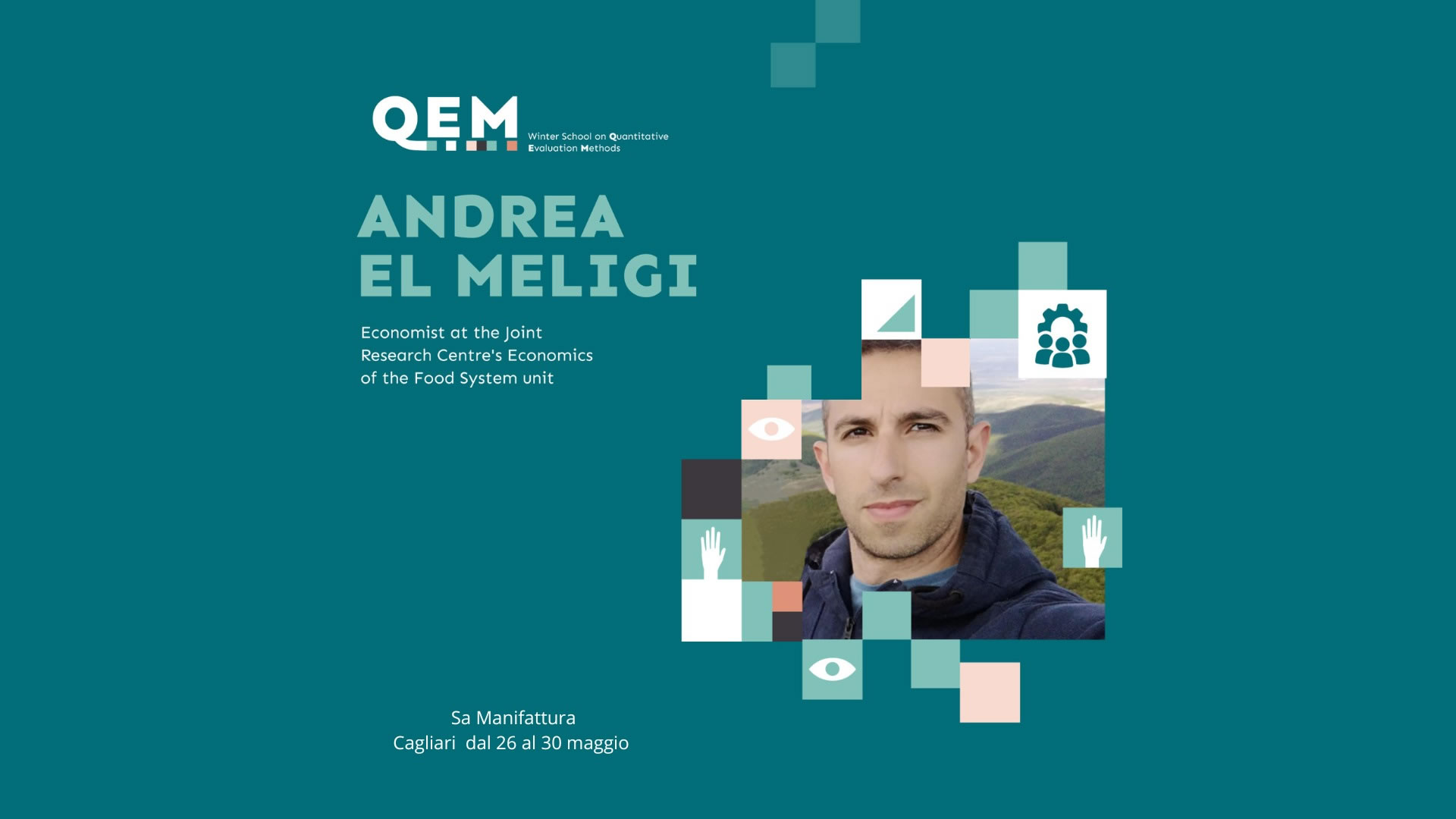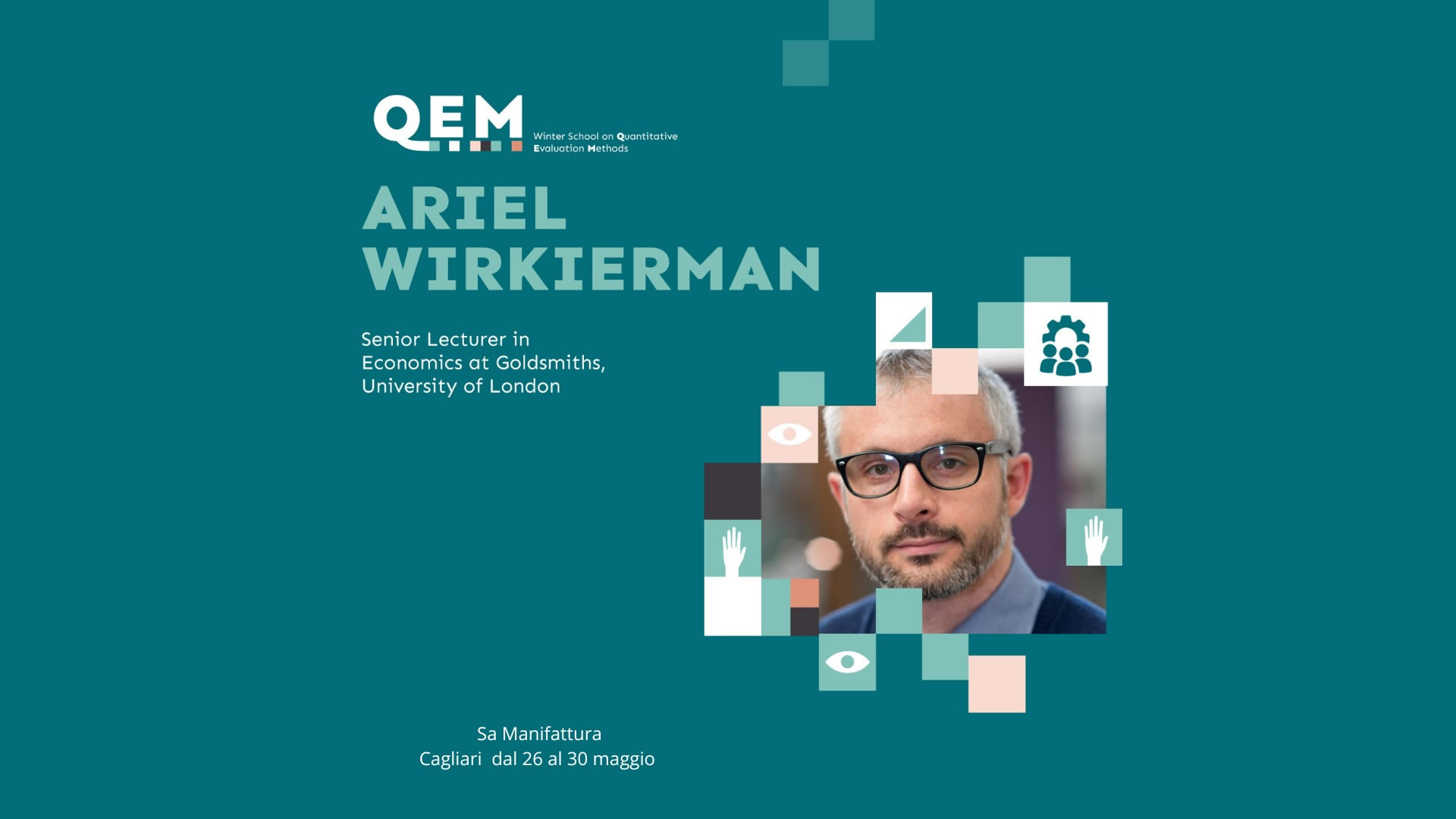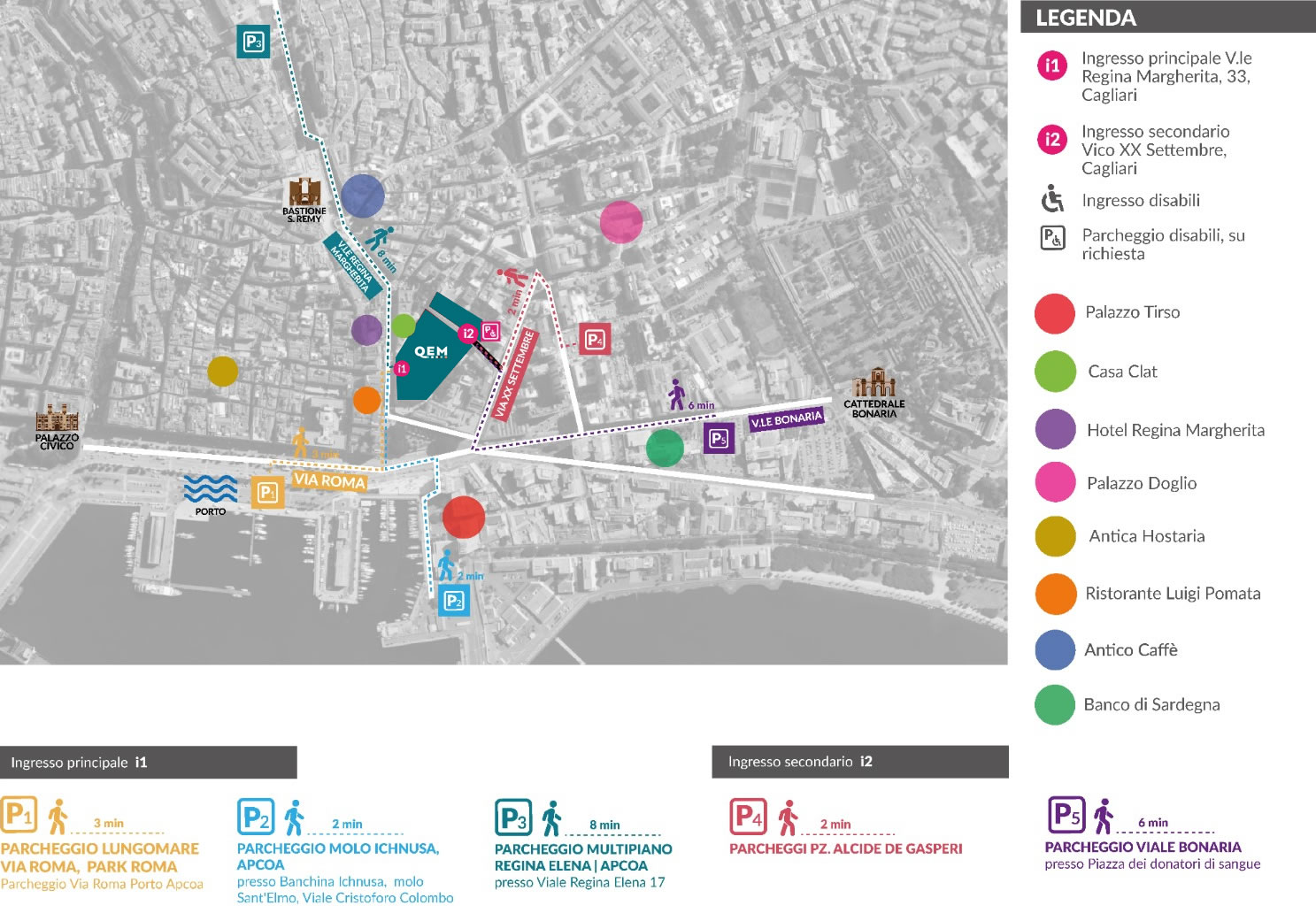




Winter School on Quantitative Evaluation Methods: Modelling Tools for Economic Impact Evaluation
This course is designed to meet the needs of participants who aim to become proficient in the use of multisectoral macroeconomic models. The course introduces participants to Input-Output (IO) Analysis, Social Accounting Matrix (SAM), and Computable General Equilibrium (CGE) modeling, focusing on their application in evaluating the economic impacts of various policies and external shocks. By the end of the course, participants will:
- Construct Input-Output and Social Accounting Matrix models.
- Understand the framework of a Computable General Equilibrium Model.
- Simulate policy scenarios using multisectoral macroeconomic models.
- Develop expertise in designing scenario analyses and interpreting the outcomes of simulated policy scenarios.
National Accounting Foundations
- Overview of national and regional account systems.
- Supply-Use Tables (SUTs) and sequence of accounts of the SNA.
- Transition from SUTs to IO tables and from SUTs/IO to SAM.
- Methods for building IO and SAM models.
- SAM balancing and calibration techniques.
Measuring Globalization
- Interdependent representation of the world economy using Inter-Country Input-Output (ICIO) tables.
- Global income and expenditure, global sourcing, and total input requirements.
- Value-added content of exports and final demand.
- Global Value Chains (GVC) and GVC income.
- Excel Toolkit and R programming language applications.
National Input-Output Analysis
- Extraction of national IO matrices from global ICIO matrices.
- National income and expenditure, and the interface between aggregate macroeconomic accounts and the IO system.
- Basic IO models: Leontief and Ghosh inverse matrices, model-implied output expansion of final demand injection, and (relative) price changes due to primary cost increases.
- Analysis of output, employment, and income multipliers.
- Backward and forward linkages (demand-pull and cost-push effects), key sectors, and distance to final demand (average propagation length).
- R programming language applications.
Impact Assessment Using SAM Models
- Implementing shocks and analyzing resultant outcomes.
- Empirical applications of final demand and productivity shocks in the context of various policies and case studies.
- Excel and R Labs.
- Basic non-linear programming in GAMS.
- Step-by-step construction of a static general equilibrium model.
- Introduction to dynamic CGE models.
Applications with CGE Models
- Use of the supplied model to implement infrastructure, trade, fiscal, and environmental policies.
- Formulation of scenarios and running of policy simulations.
- Reporting and interpreting the results.
Monday 26/05
15:00 - 16:30
Measuring Globalization (Ariel Wirkierman) - MOD.2
16:45 - 18:30
Measuring Globalization (Ariel Wirkierman) -
MOD. 2
Tuesday 27/05
09:00 - 11:00
Measuring Globalization (Ariel Wirkierman) - MOD.2
11:30 - 13:00
National Input-Output Analysis (Ariel Wirkierman) - MOD. 3
15:00 - 16:30
National Input-Output Analysis (Ariel Wirkierman) - MOD. 3
16:45 - 18:30
National Input-Output Analysis (Ariel Wirkierman) - MOD. 3
Wednesday 28/05
09:00 - 11:00
National Accounting Foundations (Andrea El Meligi) - MOD.1
11:30 - 13:00
National Accounting Foundations (Andrea El Meligi) - MOD.1
15:00 - 16:30
Impact Assessment Using SAM Models (Andrea El Meligi) - MOD. 4
16:45 - 18:30
Impact Assessment Using SAM Models (Andrea El Meligi) - MOD. 4
Thursday 29/05
09:00 - 11:00
Impact Assessment Using SAM Models (Andrea El Meligi) - MOD. 4
11:30 - 13:00
Foundations of Computable General Equilibrium (CGE). (Patrizio Lecca) - MOD.5
15:00 - 16:30
Applications with CGE Models (Patrizio Lecca) - MOD. 6
16:45 - 18:30
Applications with CGE Models (Patrizio Lecca) - MOD. 6
Friday 30/05
09:00 - 11:00
Applications with CGE Models (Patrizio Lecca) - MOD. 6
11:30 - 13:00
Applications with CGE Models (Patrizio Lecca) - MOD. 6
Promozione fino al 30 Aprile 2025
TUTTI I MODULI a 1200 € (1500 €)
oppure
2 MODULI a 500 € (600 €)
Acquista ORA
Intestatario: ASSOCIAZIONE INPUTOUTPUT 2023
Istituto: CREDEM
Iban: IT42P0303217200010000804757
Bic/Swift: BACRIT22XXX
Sign up for the course


Specific Objectives
The course aims to familiarize participants with multisectoral macroeconomic models such as IO, SAM, and CGE, focusing on their construction and use in economic impact evaluation. Participants will learn how to simulate and implement various scenarios and interpret the behavior of key economic variables in response to external shocks. Upon completing the course, participants will acquire the following skills and knowledge:
- Understanding of Economic Impact Evaluation Methods: Participants will learn various methods and techniques for assessing the economic impact of policies, projects, and events on different sectors of the economy.
- Proficiency in Input-Output Analysis: Participants will develop the ability to construct IO and SAM models, essential tools for analyzing inter-industry relationships and economic flows within an economy.
- Comprehension of Computable General Equilibrium (CGE) Modeling: Participants will understand the framework and principles of CGE models, enabling them to simulate and analyze economy-wide effects of policy changes and external shocks.
- Scenario Analysis and Interpretation: Participants will learn to design and conduct scenario analyses using economic models and interpret the results to assess the potential outcomes of different policy interventions or economic events.
- Quantitative Skills: Participants will develop quantitative skills, including proficiency in linear algebra, non-linear programming, and data analysis techniques, necessary for conducting empirical assessments and interpreting economic data.
- Application of Economic Theory to Real-World Issues: Participants will gain practical knowledge and experience in applying economic theory to real-world issues, such as regional development policies, infrastructure investments, and environmental regulations.
- Software Proficiency: Participants will become proficient in using specialized software tools, such as R and GAMS.
Learning Outcomes
The course equips participants with analytical skills, theoretical knowledge, and practical tools necessary for assessing and understanding the economic implications of various policies and events. This expertise will make them valuable contributors to policy-making, research, and decision-making processes in both the public and private sectors. Participants will:
- Gain knowledge of macroeconomic indicators that facilitate the analysis of economic structure and the dynamic evolution of economies. This includes understanding the interface between aggregate macroeconomic accounts and the IO system, as well as familiarity with key accounts such as the income account and the Balance of Payments.
- Learn the transition from Supply-Use Tables (SUTs) to IO tables and from SUTs/IO to SAM.
- Understand how the input-output framework extends to create a Social Accounting Matrix (SAM), which serves as the data foundation for applied/computable general equilibrium models (CGE).
- Analyze and quantify the output, employment, and income multipliers, and interpret the linkages following the implementation of shocks.
- Explore the effects of final demand and productivity shocks in the context of various policies and case studies, ranging from individual project assessments (e.g., energy transition and infrastructure projects) to regional and national public policies (e.g., investments, subsidies, healthcare initiatives).
- Conduct a series of simulations using the provided models to deepen their understanding of Input-Output (IO) and Social Accounting Matrix (SAM) models.
The final module is dedicated to the practical construction of a dynamic general equilibrium model. Participants will learn the fundamentals of non-linear programming using GAMS, a powerful tool for modeling and optimization. A detailed guide will be provided for constructing both static and dynamic general equilibrium models, offering a structured approach to understanding and implementing the model’s components. Participants will:
- Learn to simulate and investigate economy-wide impacts resulting from exogenous shocks.
- Gain insights into the drivers and mechanisms that shape general equilibrium outcomes, with a particular focus on the influence of trade and labor markets on simulation results.
Requirements
Participants are expected to have basic computer skills and a foundational knowledge of mathematical economics.
Sign up for the course


